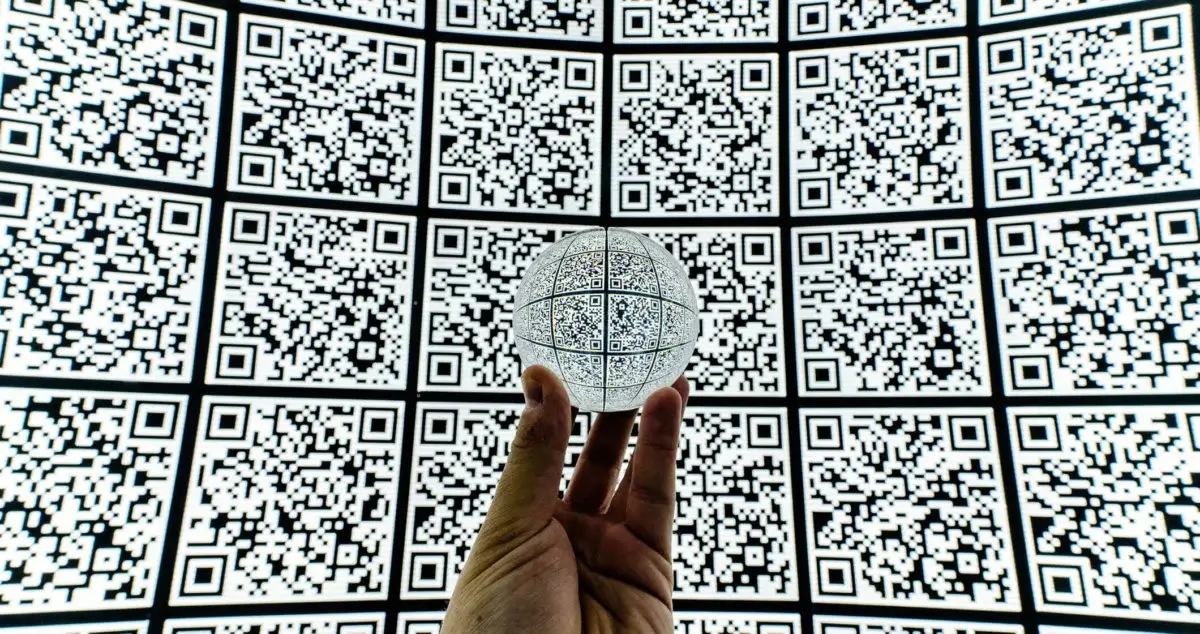The Future of QR Codes: Trends, Tech, and Possibilities
Published on March 13, 2025

Just a few years ago, QR codes were seen as a fading tech trend. Today in 2025, they're not just back—they're thriving and evolving in ways that go far beyond their original purpose. From marketing to logistics, healthcare to education, QR codes are being reimagined thanks to advances in mobile devices, AI integration, and rising consumer demand for seamless digital experiences. Let’s explore the future of QR codes: the trends, the technology shaping them, and the endless possibilities they’re unlocking. 1. Smarter, Dynamic QR Codes Gone are the days of static, one-time-use QR codes. The future lies in dynamic QR codes—editable and trackable codes that can change their destination or function without needing to be reprinted. Businesses are using them to update offers in real time, personalize user experiences, and gather rich analytics like scan location, device type, and engagement time. 2. QR Codes and Augmented Reality (AR) QR codes are becoming entry points into immersive worlds. By linking to AR experiences, users can scan a code and instantly interact with 3D product models, games, or even holograms. Retailers, educators, and entertainment brands are leading the way in blending physical and digital environments through QR-triggered AR content. 3. AI-Powered Personalization When combined with AI, QR codes can deliver hyper-personalized experiences. Imagine scanning a code at a hotel check-in desk and receiving room recommendations, local guides, and dining discounts—based on your preferences, past stays, or even your mood. QR technology is quickly becoming smarter and more intuitive. 4. Blockchain Integration for Security and Transparency QR codes are also playing a vital role in blockchain-backed verification systems. From verifying the authenticity of luxury goods to tracking food origins and supply chains, these codes are offering trust in an increasingly skeptical digital world. Consumers can now scan and instantly access tamper-proof data on products and services. 5. Wearables and QR Code Interaction As wearables grow more advanced, users can now scan QR codes directly through their smart glasses or smartwatches. This hands-free scanning means instant access to data, instructions, or payment options without pulling out a phone—perfect for retail, logistics, and healthcare applications. 6. Eco-Friendly and Paperless Applications The push toward sustainability is making QR codes an attractive alternative to paper menus, brochures, tickets, and receipts. Museums use QR codes for self-guided tours. Public transport prints them on digital tickets. Even wedding invites now come as beautifully designed QR scans. This not only saves trees but also reduces printing and distribution costs. 7. Voice and Visual AI Pairing QR codes are being paired with voice assistants and visual recognition systems, allowing users to scan a code and then ask questions or navigate experiences through speech. Think of a scanned code launching an interactive voice-led tour or product guide—a new way to make digital interaction more inclusive. 8. Healthcare and Emergency Use Cases From digital vaccination records to emergency patient info, QR codes are saving lives. Expect to see more wearable QR codes (like on medical bracelets) that paramedics can scan to instantly access health history, allergies, and critical data—helping with faster and more accurate emergency care. 9. Increased Use in Metaverse and Virtual Worlds As virtual environments become more popular, QR codes are acting as gateways between the real and digital universes. Scan a code to enter a metaverse shop, attend a virtual concert, or teleport your avatar into a branded VR experience. It’s an exciting frontier for marketing, gaming, and events. 10. Regulation and Standardization With great power comes the need for greater regulation. As QR codes become essential to payment systems and digital IDs, governments and global organizations are beginning to enforce standards to ensure security, privacy, and accessibility. Expect more trust frameworks and unified systems in the years ahead.
Conclusion
QR codes are no longer just scannable squares—they’re smart, secure, and deeply connected to the digital future. As technology continues to evolve, these little codes are becoming keys to bigger experiences, smarter marketing, and more efficient systems. Whether you're a business owner, tech enthusiast, or just someone who wants to stay ahead of the curve, one thing is clear: QR codes are here to stay—and their best days are just beginning.